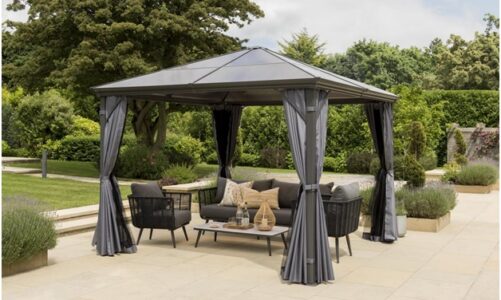Lawns provide more than aesthetic reasons. Apart from the obvious benefits to the person, keeping a healthy, thick lawn benefits the ecosystem. In comparison to hard surfaces such as concrete, asphalt, and wood, lawn grass helps clean the air, traps carbon dioxide, reduces erosion caused by precipitation runoff, improves soil, reduces noise pollution, and helps cool the environment by lowering temperatures. Like all other living things, grain absorbs carbon dioxide and releases oxygen. While oxygen is important for human existence, the capacity to trap carbon dioxide is just as critical since excess carbon dioxide may result in elevated air temperatures and other environmental concerns when released into the atmosphere. Not only does grass contribute to the removal of carbon dioxide from the atmosphere, but it also gathers dust, keeping it from entering the air and your lungs. Reduced dust in the air means that everyone breathes easier, but it also means that everyone’s automobiles, houses, and windows are cleaner. More significantly, since compacted soil does not allow water to sink into it, groundwater resources are depleted when it rains, which may be a worry in areas where precipitation is depended upon to produce drinking water. Another benefit of grass is that it helps keep the soil loose and open, providing for a large number of pores through which water may penetrate the soil.
On the other hand, artificial grass is a brilliant and suitable alternative for your lawn, and it comes with a variety of benefits that benefit the owner. Regardless matter the weather, fake lawn in Melbourne is always aesthetically beautiful. This is because the weather has no direct influence on the appearance of the grass. It will remain green, neat, and tidy throughout the year, regardless of the weather. As a result, it is much more convenient for the owner, as it requires less maintenance. Artificial turf requires no upkeep in the same way that genuine grass does, such as watering, fertilizing, or mowing.
To know further about the different kinds of artificial grass, below is an infographic from Easy Turf.



